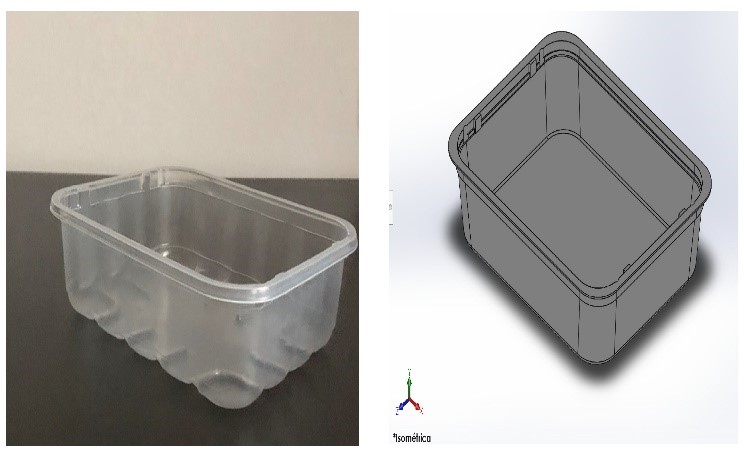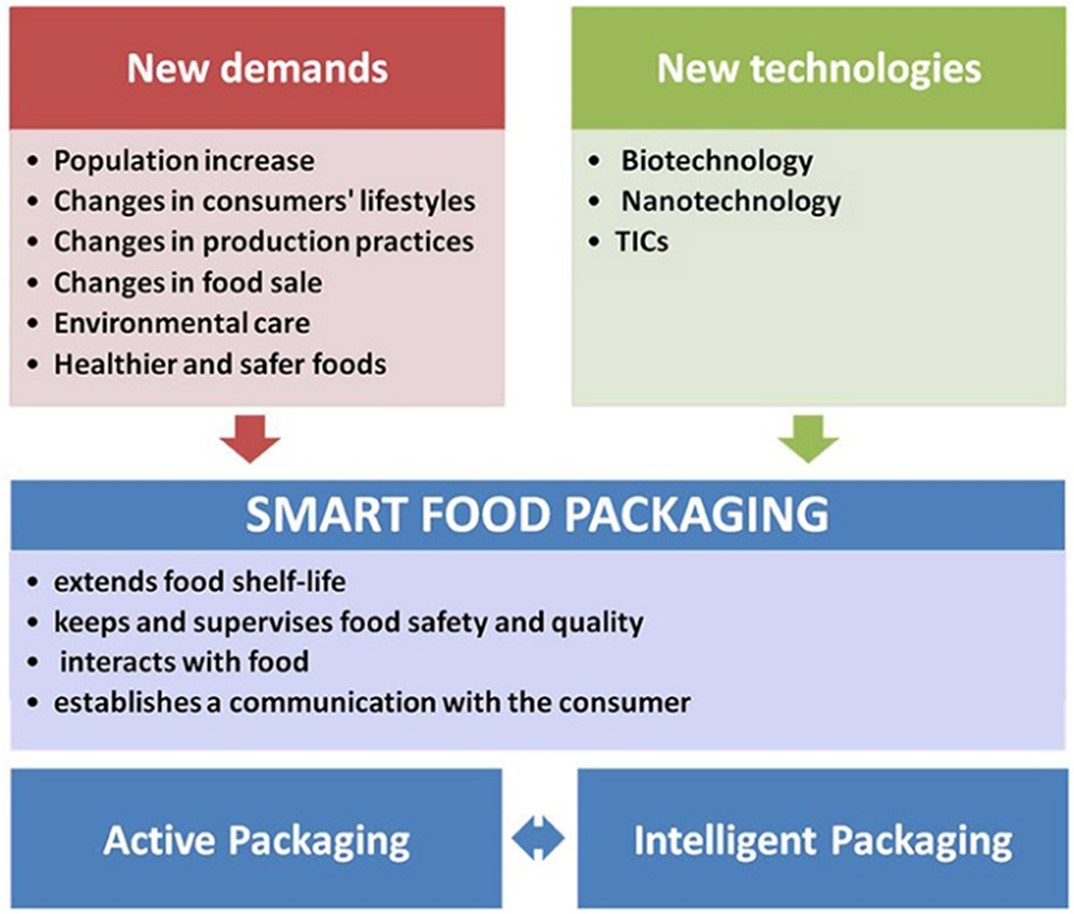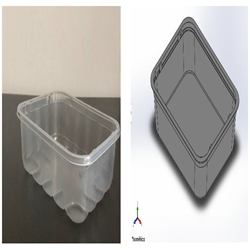The main issue with packaging is the plastic trash it creates. Plastic is tough and cheap, but it sticks around for hundreds of years, and a lot of it ends up in places it shouldn't, like the environment. When plastic packaging gets thrown away, it can hurt animals and add to the piles of plastic in landfills and oceans. Plus, when plastic breaks down into tiny pieces called microplastics, it becomes a big problem too, spreading everywhere and potentially messing up our health and the environment.
To deal with these issues, people are working on ways to make packaging better for the planet. They're trying things like using less packaging overall, making packaging that's better for the environment, using more recycled materials, and encouraging recycling and composting.
Governments and specific groups are also stepping in with rules to tackle packaging waste. They might ban certain kinds of plastic that are used once and thrown away or make companies responsible for getting rid of their products and packaging properly. Individuals can play their part too by using products with packaging that's eco-friendly and recycling or composting packaging properly. Everyone can play a part in keeping the planet cleaner.
Packaging is important in our daily lives because it helps keep products safe while they're being transported from the factory to our homes. But packaging also causes a lot of pollution. Making packaging materials like plastic, paper, and metal uses up a bunch of energy and natural resources, and it releases gases that contribute to climate change. Plus, when we throw away packaging, it often ends up as litter, especially in oceans and rivers, making a big mess.
Poly (lactic acid), or PLA, is made from stuff like corn or sugarcane, and it's renewable. PLA is used in lots of things, like food containers, disposable plates, and even medical stuff. What's neat about PLA is that it can break down naturally when it's tossed away, unlike regular plastics that stick around forever. That's because PLA can biodegrade into harmless stuff like water and carbon dioxide.
Nanoclay can be mixed with PLA to make it better in term of material properties. By adding nanoclay, we can make PLA stronger and better at handling heat. So, researchers are now looking into how PLA and nanoclay together could make packaging not just safer but also more eco-friendly.
 Figure 1: Original food tray and digital mock-up prepared from it [11].
Figure 1: Original food tray and digital mock-up prepared from it [11].

Figure 2: Outline of the driving forces that lead to the development of smart food packaging [13].
Source:
Mohd Hafizuddin Ab Ghani, Ismayadi Ismail, Rosnah Nawang, Siti Zulaika Razali, Che Azurahanim Che Abdullah, Nishata Royan Rajendran Royan, Wan Nazri Wan Busu, Ruey Shan Chen. Polylactide based Nanoclay-composites: A Short Review International Journal of Chemical and Biochemical Sciences 24(7): 10-15.
(https://www.iscientific.org/volume-24-2023/)
Date of Input: 26/04/2024 | Updated: 26/04/2024 | roslina_ar
MEDIA SHARING











 Figure 1: Original food tray and digital mock-up prepared from it [11].
Figure 1: Original food tray and digital mock-up prepared from it [11].












